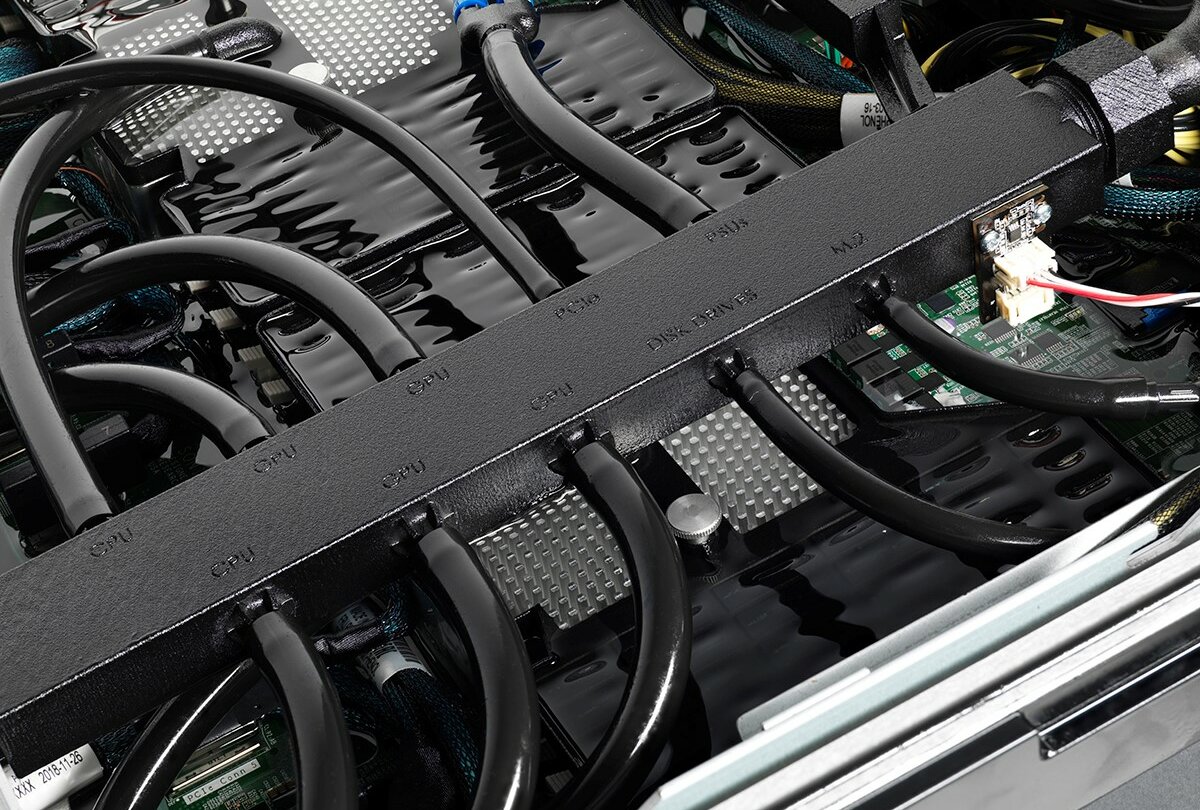Liquid cooling from Iceotope answering data centers’ cost concerns
The Summer 2022 heatwaves in Europe saw the enforced throttling or shutdown of data centers in the UK and Germany. This climate event showcased how lean facility operators are currently running and what little tolerance there is for the costs of extra cooling that companies have had to impart on their users. In London, UK, two hyperscalers suffered cooling system failures, invoking disaster recovery procedures. There were even reports of some southern-UK data center operators spraying the roofs of their facilities with hosepipes in a bid to keep cool in that country’s recent heatwave.
Without large investments in more powerful cooling systems – and higher power bills becoming a regular feature of operators’ costs – it could be only a matter of time before cloud computing gets significantly more expensive for everyone. Factors like the cost of electricity and rising chip and rack densities are outside the influence of the data center operator, but methods of heat reduction most definitely are.
Traditionally, servers and network hardware are cooled by moving air across hot components with fans in hardware’s cases and racks. This method is inherently inefficient and goes some way in explaining why cooling takes up to 30% of operating costs. When servers run hot, their performance deteriorates. At a time when demand for cloud services is at a high point and expected to grow considerably, data center operators are reaching a crunch point.
A more efficient way to reduce core temperatures is through liquid cooling technology, which can lower PUE to around the 1.05 mark. There are different types of liquid cooling – direct-to-chip, tank immersion and chassis-level precision immersion. Direct-to-chip offers the highest cooling performance at chip level but still requires air cooling. Tank immersion sees servers immersed in a non-conductive liquid but requires facility-scale installations of gantries or cranes, chain hoists, and drip trays. Chassis-level precision immersion minimises the liquid required compared to tank immersion solutions and can simply be mounted into any industry standard rack, providing a sealed and self-contained solution.
Chassis-level liquid cooling systems from Iceotope are a game-changer for colocation providers, telecomms –especially in edge deployments, AI/HPC, machine learning infrastructure, and smaller data centers across the globe. It offers the ability to reduce infrastructure energy use by 40%, slash water consumption by greater than 90% and improve pPUE to 1.03, which is further enhanced by server energy reductions often of 10% and more. The technology is also scalable and granular, meaning it can be deployed in centers’ “dead zones” (where heat issues prevent “traditional” servers from being installed) and in brown-field sites where physical expansion of floor space is too costly. Ease of serviceability is also a game changer. Seamless access and service to the critical system components are like that of air and no different than any other servers on the rack. This plug and play convenience enable a consistent services and support model regardless of deployment.
The Iceotope cooling system-in-a-box is perfect for keeping central or edge facilities running even in extreme environments. In a few weeks, we’ll dive into the company’s proven technology as part of our larger data center operational efficiencies series. But until then, go check out the Iceotope offerings and see for yourself the practicalities of this new-generation cooling system. It’s perfect for the one-building co-lo company, the global hyperscaler, and anyone in-between.









